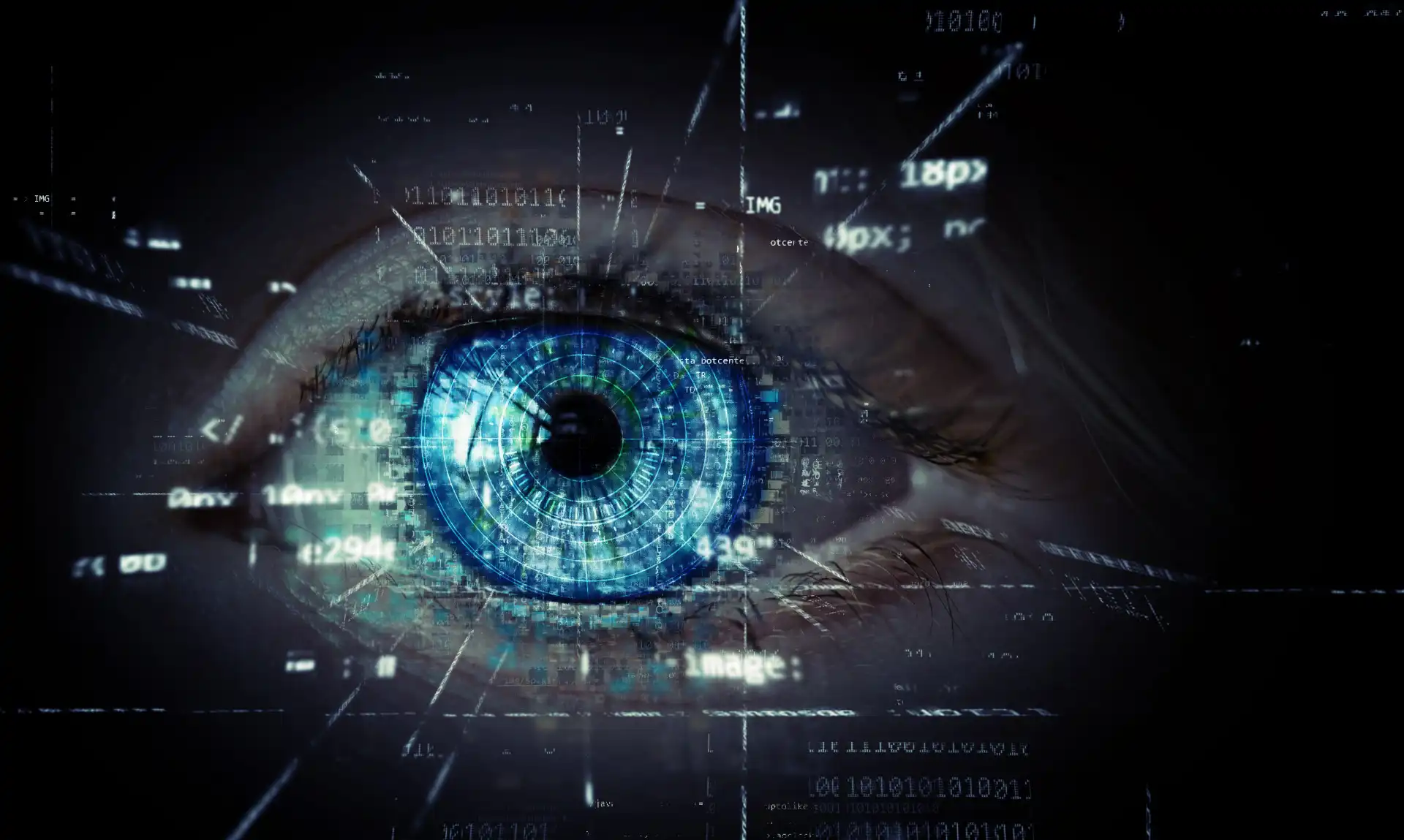There's a war raging, and it's not on any physical battlefield. Rather, it's on the information superhighway: the internet. This war is over truth, and how it's conveyed to the vast online population, through what is commonly referred to as 'fake news'.
The term 'fake news' encompasses both misinformation (untrue information shared by people who don't know it's false) and disinformation (untrue information knowingly spread). Both serve to mislead people and can have disastrous consequences for our society.
We all play a part in this information eco-system, with our roles as both consumers and potential spreaders of news. It's crucial to navigate it responsibly, ensuring that the news we share with others is both accurate and reliable.

To this end, there is a growing necessity to educate citizens on how to identify and debunk fake news, thereby equipping them with the ability to keep themselves and their communities informed and safe.
Understanding Misinformation and Disinformation
Misinformation is the unintentional sharing of false information, while disinformation is false information deliberately created and shared to cause harm or further an agenda. It's crucial to differentiate between the two to understand the motives behind them.
Unmasking the misinformation requires a vigilant and discerning approach as well as a healthy dose of skepticism. Checking sources, verifying quotes or images, and cross-referencing information are all essential methods when it comes to authenticating news.
Battling disinformation, on the other hand, entails broader and more systemic solutions. It requires authorities, platforms, and users to work collectively toward eradicating provably false content, often through legislative, technological, or social means.
Therefore, the fight against fake news is as much about personal responsibility as it is about institutional accountability. Every individual plays a role, and it starts with being an informed and responsible consumer of news.
Identifying the Source
One of the initial steps to verify a piece of news is to identify the origin of the information. Sources range from established news organizations to personal blogs or social media posts.
This doesn't mean that established sources can't circulate fake news or that personal blogs can't provide authentic information. It's important to critically evaluate the source and its credibility from multiple perspectives.
Look for signs that might reveal if a source is trustworthy. A secure website, transparency about its editorial team, and a clear code of ethics can be good indicators of a reliable source.
Check if other reputable sources corroborate the information. If the story is big, it's likely to be covered by multiple outlets. Be wary if only one source is reporting it.
Analyzing the Content
Understanding the methods of manipulation in content is crucial in identifying fake news. Changes in tone, misrepresented graphics, loaded language, and cherry-picked data are all techniques used to misrepresent information.
It's key to separate opinion from fact. Comment sections and blogs often blend both, creating a confusing mesh of information that can be difficult to dissect.
Being sceptical towards sensational content can be key in the fight against fake news. Fake news often relies on shock value to attract clicks, hence if something seems too extraordinary, it's crucial to recheck it.
Also, analyze the structure of the content. Does it present a one-sided narrative or does it give a balanced view? A balanced narrative can indicate a more reliable piece of content.
Using Fact-checking Websites
Fact-checking websites can be handy tools in the fight against fake news. Websites like Snopes, FactCheck.org, and PolitiFact scrutinise claims made in the media and evaluate their veracity.
These websites look behind the sensational headlines, analyzing facts, figures, and sources. They can be a helpful resource for double-checking information before sharing or believing it.
In addition to using fact-checking websites, personal fact-checking is imperative. This may involve confirming information with independent sources, using search engines to verify details, or even directly contacting the source in some cases.
Critical thinking and research are crucial components in the fight against fake news. By verifying the information we consume, we can contribute to a healthier information environment.
Combating Fake News: A Shared Responsibility
The challenge of fake news cannot be tackled alone. It calls for a collective response which includes social media platforms, educational institutions, government entities, and consumers.
Social media platforms can intervene by changing algorithms to reduce the spread of fake news and by increasing transparency regarding ads and sponsored content.
Academic institutions should prioritize information literacy as a key skill and equip students with tools to evaluate the credibility of sources and information.
Finally, as consumers, we should always question, verify, and think critically before sharing information.